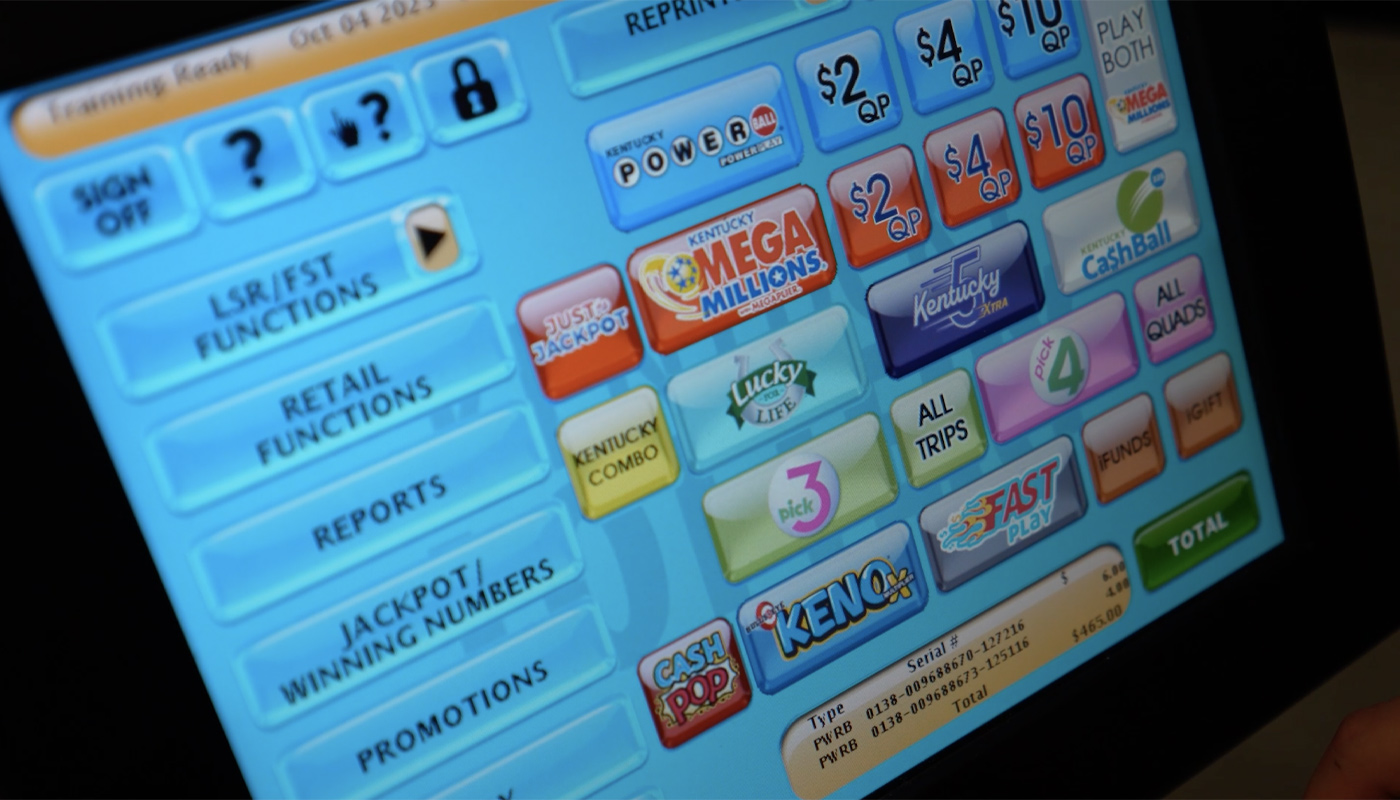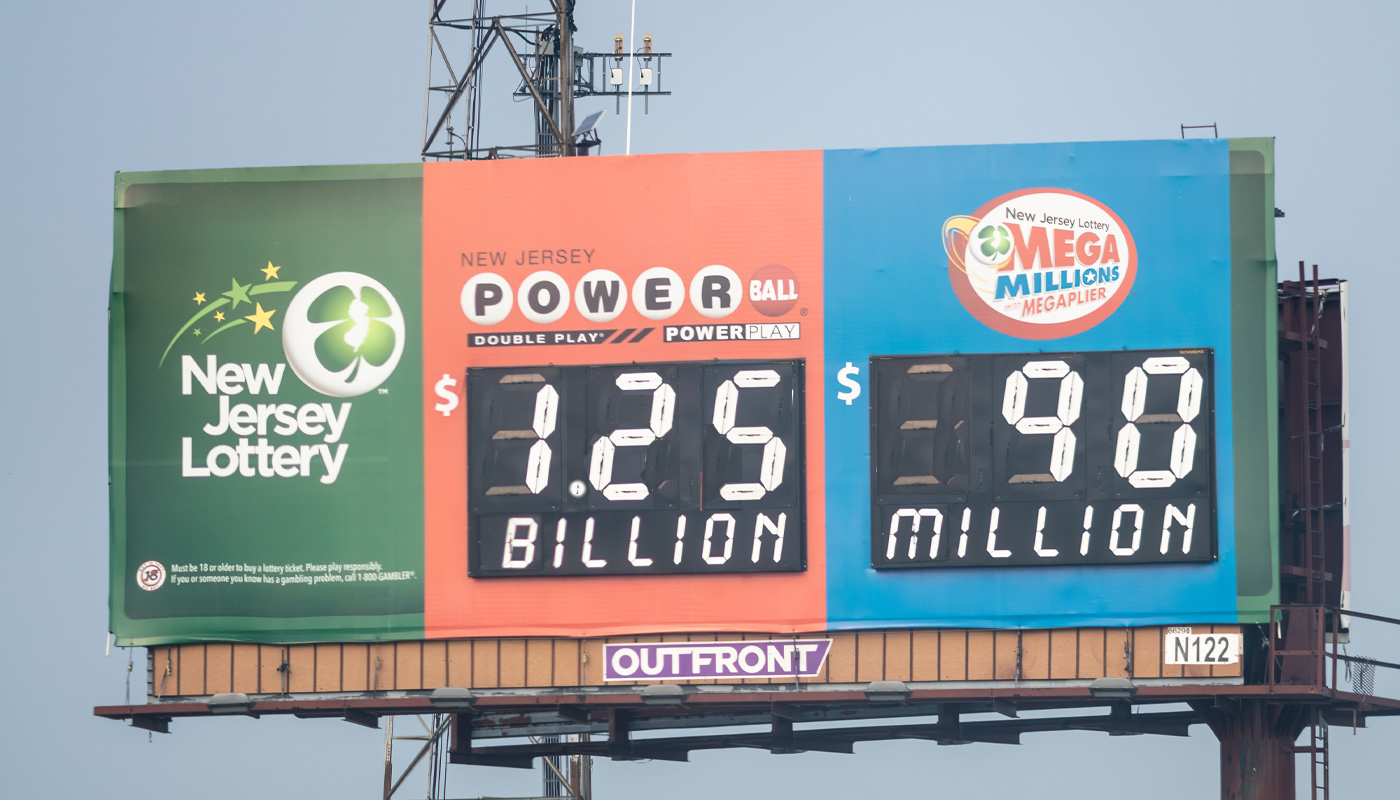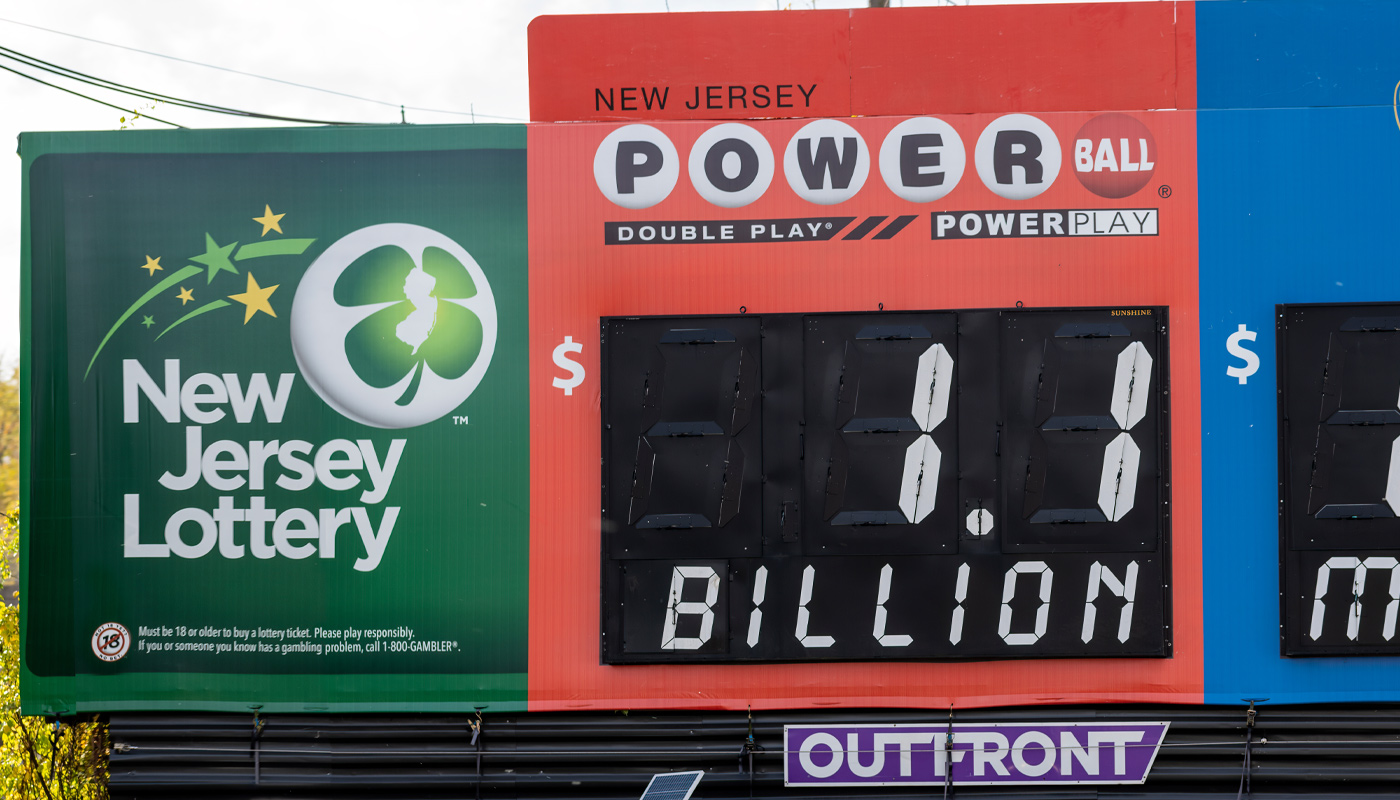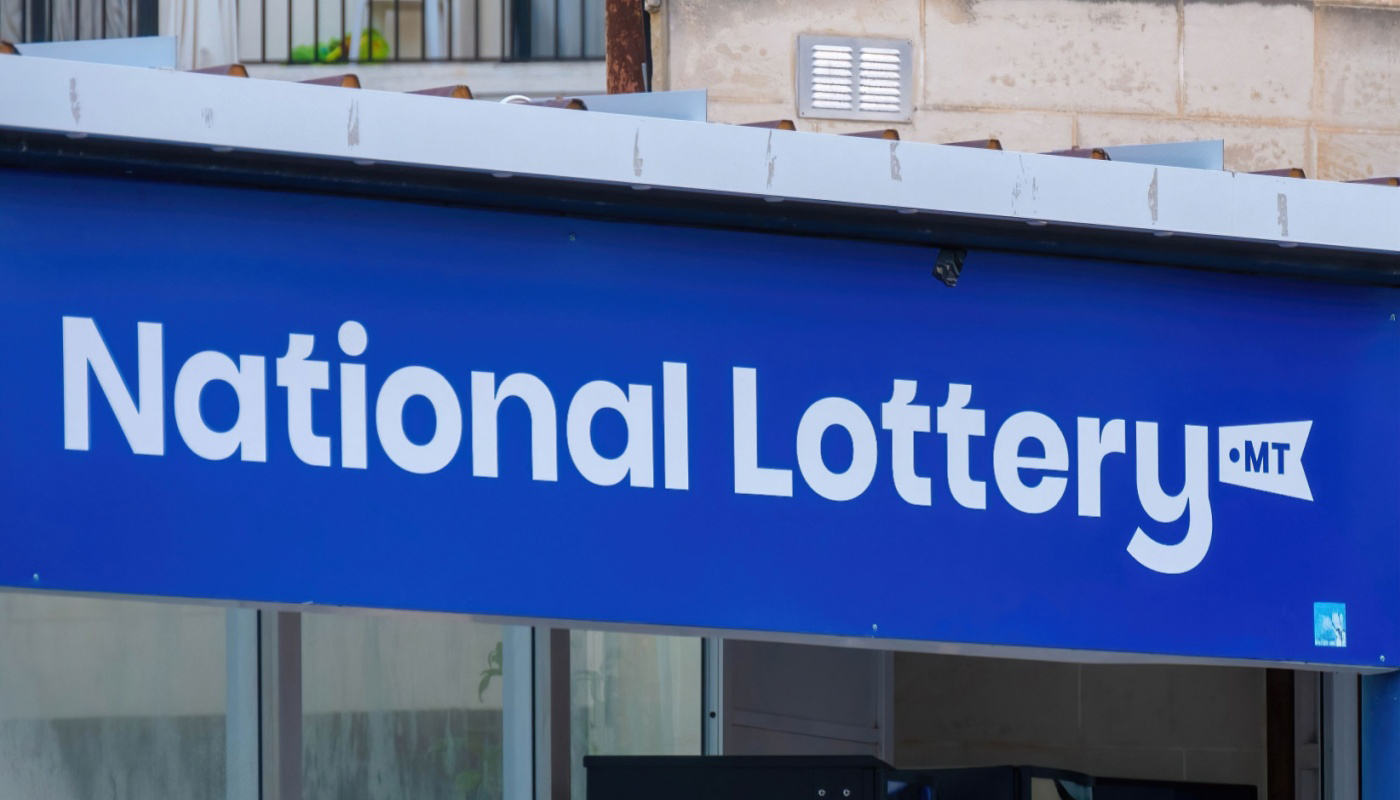
News writer, Interviewer
Apparently, a new multi-state game is brewing.
State lottery boards have been meeting. They're reviewing game rules. They're voting on regulations. They're setting launch dates.
But no one has made it official yet.
Documents from Connecticut, Colorado, Montana, and North Dakota lotteries reveal plans for Millionaire for Life, a $5 lottery game that could pay winners $1 million every year for life. The proposed launch? Mid-February 2026.
Nothing is confirmed yet. The game hasn't been announced to the public. So, as far as we know, rules can change, launch dates can shift, or the entire project could be scrapped.
But the state meetings are real. The documents are real. And the details are specific.
What we know about the game
Millionaire for Life would work like Powerball or Mega Millions. You pick five numbers from 1 to 58. Then you pick one number from 1 to 5.
If you match all six, you win $1 million a year for life.
The game would offer nine prize levels. The second-place prize pays $100,000 a year for life if you match the first five numbers but miss the final one. Smaller prizes range from $7,500 down to $8.
Your odds of winning anything are about 1 in 8.5. Your odds of hitting the top prize are about 1 in 23 million. This is far better than Powerball's 1 in 292 million or Mega Millions' 1 in 290 million.
Each ticket would cost $5. Drawings would happen daily at 10:15 p.m. CT.
Winners could take a lump sum instead of annual payments. The exact cash option amount hasn't been disclosed.
Millionaire for Life would replace one or maybe even two existing games: Lucky for Life and Cash4Life. Both offer lifetime prizes, but at lower amounts: $1,000 a day for life or $25,000 a year for life, depending on the game.
The Multi-State Lottery Association would run the game. That's the same organization that operates Powerball, Lotto America, 2by2, and Jackpot USA.
What happens if 21 people win?
The documents reveal an unusual contingency plan.
If one person wins the grand prize, they get $1 million a year for life. If two to 20 people win, they split the prize, but each winner gets at least $50,000 a year for life.
If 21 or more people win the game, the prize pool is capped. Winners split a lump sum payment. No annuity option. The minimum payout can't be less than the next prize tier down.
The same rules apply to the $100,000-a-year prize.
Why the cap? The documents don't explain. But it suggests the Multi-State Lottery Association wants to limit liability if an unlikely scenario occurs, like many people playing the same winning numbers.
The unanswered questions
Who approved this game at the national level? The state documents reference a "Product Group" that sets cash options and prize caps, but no details are provided. Which states will participate? The documents mention "participating lotteries" and "jurisdictions," but don't list specific states.
When will the first drawing happen? The launch is set for mid-February 2026, but the exact date remains to be determined.
Why hasn't this been announced? With so many states involved, there must first be coordination of game details, processes, and rules. These details must be confirmed before announcing the game to the public.
Another POV
State lotteries have approved game rules before only to delay or cancel launches. Regulatory hurdles exist. Technical systems need testing. Marketing campaigns require planning.
Multiple states are moving forward simultaneously. Connecticut voted. Colorado filed. North Dakota approved. Montana shared documents.
That coordination suggests something real is happening.
What comes next
If the game launches as planned, Lucky for Life and Cash4Life would disappear in participating states. Players who enjoy those games would need to switch or stop playing.
The $5 price point positions Millionaire for Life above typical scratch-offs but below multi-draw Powerball or Mega Millions plays. The daily drawings create more opportunities to win compared to twice-weekly mega-jackpot games.
Better odds might attract players who find Powerball and Mega Millions too remote. Worse odds than Lucky for Life might discourage players who prefer smaller, more frequent wins.
Will states announce the game before February? Will more details emerge? Will the rules change?
For now, state lottery boards are discussing this change. And the Multi-State Lottery Association hasn't made a public announcement yet.



















Comments